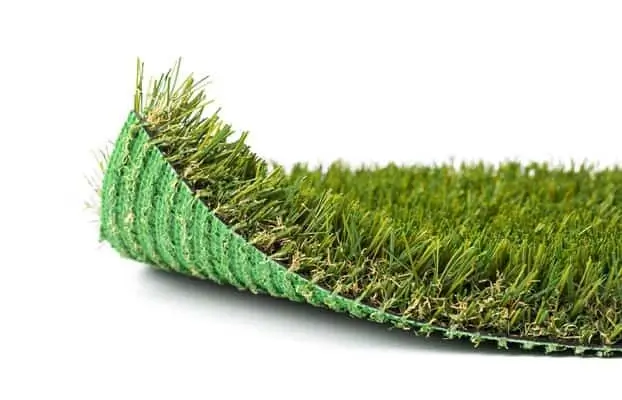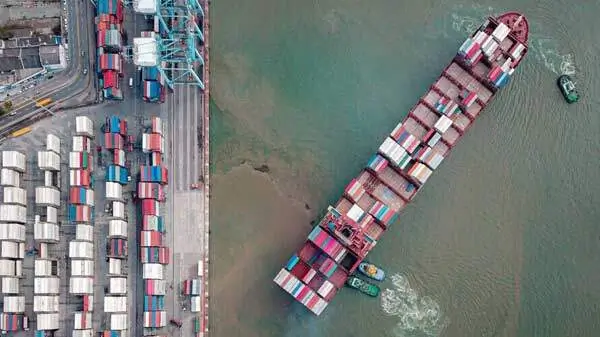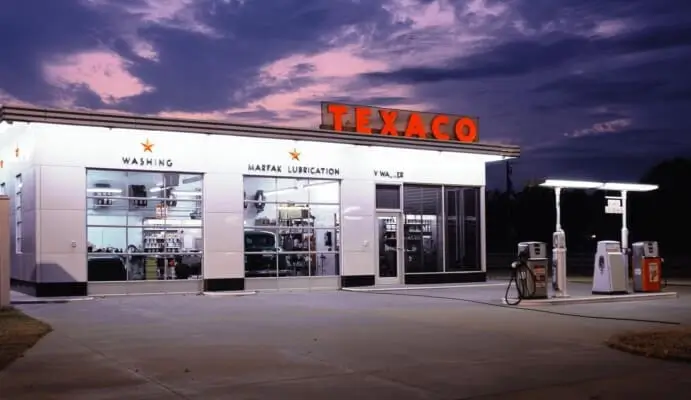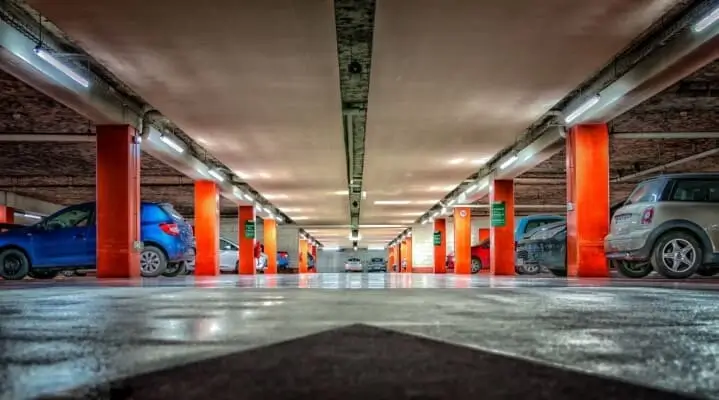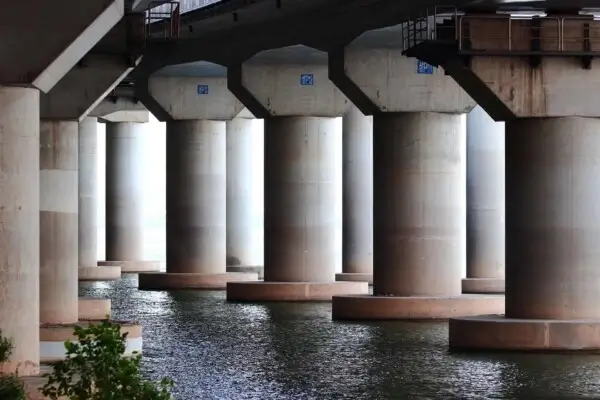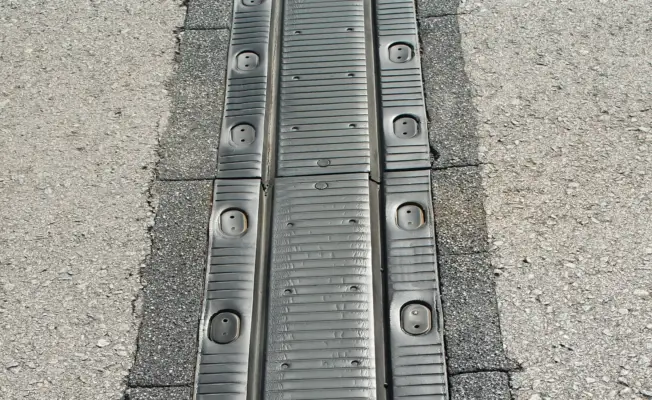Landfill sealants
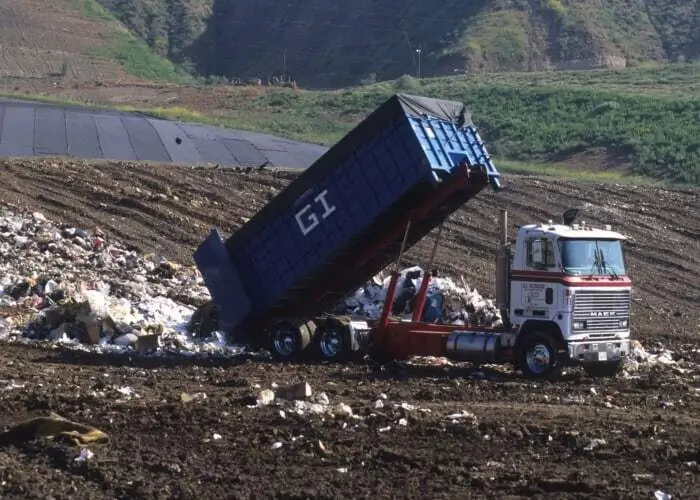
Landfill sealants protect soil and groundwater
Landfills are areas carefully designed and placed in or on top of the ground. Their main purpose being waste disposal, it is crucial that the waste does not get the chance to contaminate the surrounding soil, or more importantly, the groundwater. Therefore, the use of landfill sealants has become a necessity.
Several types of sealants can be used in different parts of landfills. Here we will take a look at those parts as well as the suitable landfill sealants.
Landfill sealants in different parts of the construction
Nowadays most landfills are built in the ground in order to allow efficient processing of the waste water (leachate) and gasses formed in the landfill. The waste is placed into cells, which are covered with soil at the end of each day. A landfill, nonetheless, is much more than the cells, waste and soil: here we will take a look at the other parts that require landfill sealants.
Note that next to actual landfills, similar soil sealants are also applicable in recycling plants and waste processing facilities.
Waste storage and drop-off areas
Some landfills are surrounded by concrete fields which allow for easy drop-off of waste. Others, in turn, have a storage area where the waste is dropped off and later delivered to these areas which often make use of concrete fields of high density, so that the chemicals in the waste do not get to affect the soil. The concrete fields are sealed together using special, impermeable landfill sealants which resist chemicals, abrasion and traffic.
Bottom liner landfill construction
The bottom liner in a landfill construction is the primary protection layer between the landfill and the ground. It is usually made of high density polyethylene (HDPE) plastic. Here, the use of soil sealant systems is possible, yet not necessary, as the seals in HDPE are usually created by applying heat and allowing the parts to melt together.
Leachate collection system
Even when solid waste is disposed of in a landfill, there is always contaminated liquid going to the bottom of the landfill. This calls for special landfill sealants or soil sealant systems. The liquid is called leachate and it appears as a combination of different kinds of chemicals. The leachate is directed into pipelines which take it to leachate collection tanks or ponds nearby. Both the pipelines and the tanks or pond require chemical resistant sealants to prevent soil contamination.
Methane gas collection system
While the waste is laid in the cells covered with a new layer of soil each day, bacteria breaks it down, which results in gases. These waste gases contain some 50% methane, which is a toxic gas that can explode if not processed appropriately. Therefore, each landfill has pipelines which remove the gas from the landfill to be later either naturally vented or control-burnt. Landfill sealants are used in the pipelines embedded in the landfill.
The 2 most common types of sealants for landfill construction
Many sealants are suitable to be used in the different parts of landfill constructions. However, there are two, that are most often chosen for: modified silicone polymers and polysulfide sealants. Contact us for consultation on the best landfill sealants for your application.
1. Polysulfide sealants
The most chemical resistance can be reached with polysulfide sealants which are not affected even by full chemical immersion. Also these sealants are suitable for different materials used in landfills, and they provide sufficient abrasion resistance. These systems are ideal for instance in the landfill liner construction.
The mechanical stress resistance of polysulfide can be increased by adding epoxy into the formulation. Epoxy polysulfide sealants are used for example on concrete fields in waste storage and other locations outside landfills including filling stations and harbors.
2. MS polymer sealants
Modified silane polymer sealants have the beneficial properties of both conventional silicone sealants and polyurethane. They are extremely resistant to chemicals and can be applied to many materials including concrete, plastics and PVC.
As polymer sealants, they are also easily modified in order to give them other beneficial properties. In the case of landfill sealants, these could be abrasion resistance and increased mechanical stress bearing capacity.
Contact us for the right soil protection sealants for your application
Choosing sealants for landfill construction is never an easy job, as landfills are subject to multiple rules and regulations due to the risk of contaminating surrounding soil or groundwater.
Do not hesitate to contact us, if you need any assistance in choosing the right landfill sealants. Our experts are happy to help you find the most efficient and safest systems.
What solution are you looking for?
We are specialized in the infrastructure and roads. Need the best products or advice? Then please leave your details and we will get in touch.
